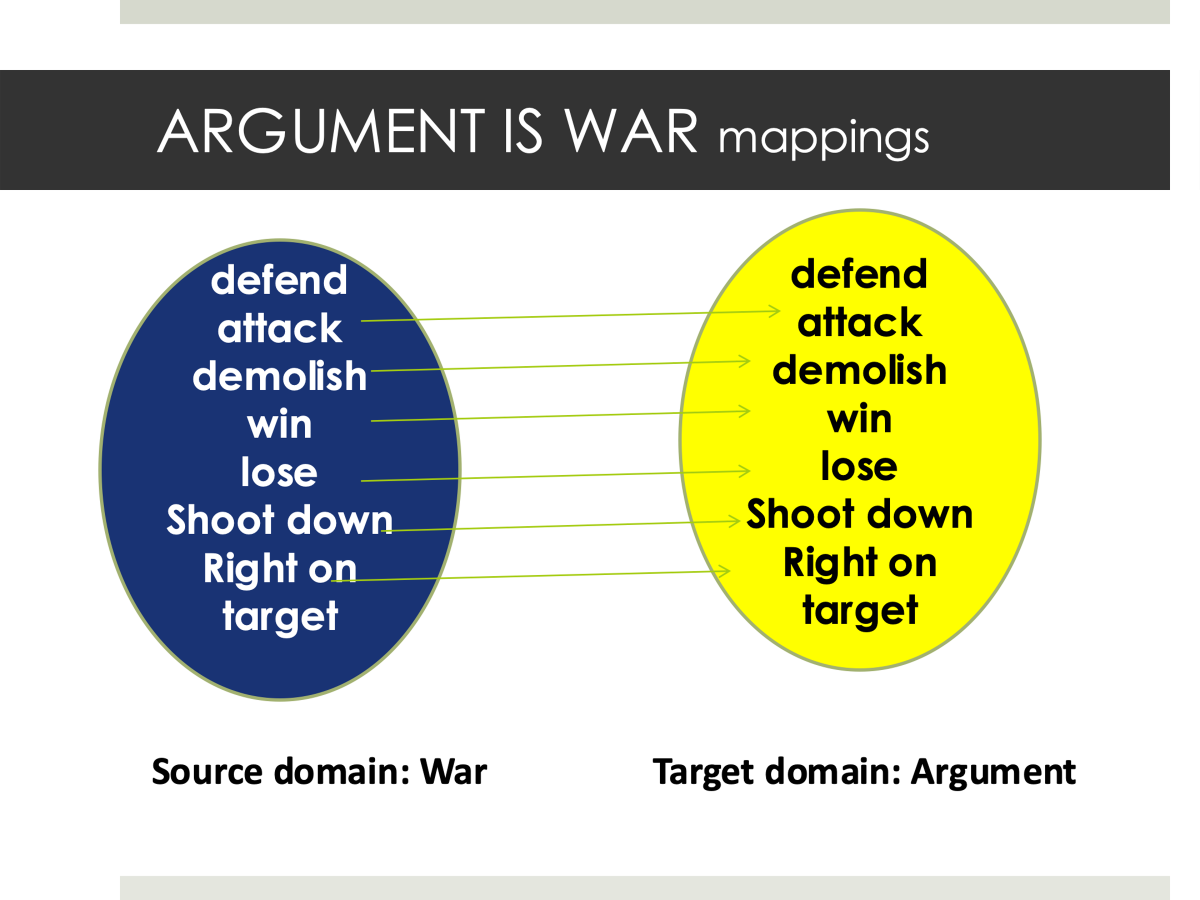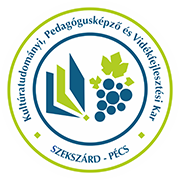Methodology
Intercultural discussion of conceptual universals in joint online discourse methodology – frames of interpretation to bring on social change
The 2020 – 21 course targeted conceptualizations of COVID19 and investigated the conceptual metaphors of COVID, identified the underlying ICM (Idealized Cognitive Model) that serves as the framework of conceptualization. Through an analysis of conceptual metaphors from different articles, participants identified the conceptual metaphors and discussed conceptualizations portrayed in the articles. Contrasting such cognitive models, we highlighted that these conceptual metaphors drive conceptualizations, and therefore, are capable of bringing on social change by introducing another conceptual metaphor, therefore, disseminating novel conceptualizations from a different perspective, as we have demonstrated through an analysis of how culture and cultural conceptualizations drive behavior (Schnell-Ervas 2021, https://doi.org/10.1057/s41599-022-01230-4).
We conclude that understanding the functioning of conceptual metaphor in fact carries the potential of spreading novel interpretations, new conceptualizations of the topic at hand and the potential of changing how people think about the given idea, problem, and how they behave in relation to it.
Objectives of the 2022-23 EDUC course on Conceptual metaphors of Climate Change
The course targeted conceptual metaphors of climate change, as global warming is an increasingly timely issue and a topic that needs urgent attention. Green Education is a prioritized topic at our Faculty, in harmony with global efforts to ease environmental problems.
In our course the investigation of conceptual metaphors enabled us to confront the identified cognitive models. We pointed out that these models drive conceptualizations, and therefore, are capable of bringing on social change by introducing another conceptual metaphor: novel conceptualizations of the problem of Climate Change from a different perspective.
We have found that cultural conceptualizations drive behavior, hence, we conclude that novel conceptual metaphors carry the potential of bringing on social change, through the different conceptualization, thus, reframing the notion of climate change, offering novel frameworks, thus novel perspectives and new solutions in tackling the problems (Schnell-Ervas https://doi.org/10.1057/s41599-022-01230-4).
Course materials
Our course centers around the language of pragmatics, social use of language, the psychology of communication, and around the cognitive linguistic aspects of conceptualizations of climate change and environmental problems.
In the first few classes we delineated the basics in the field of Pragmatics, Cognitive linguistics, understanding how metaphor functions, how the human mind resorts to concrete entities in understanding abstract notions. We, therefore, enabled participants to understand the correspondences between concrete and abstract domains at the conceptual level.

Fig. 1.
ARGUMENT IS WAR conceptual metaphor and mappings
In a time of visually intensive society, visual metaphor is pervasively used in a variety of contexts, ranging from advertising to social campaign (Fig. 2).

Fig. 2
Example of visual (or pictorial) metaphor (Credits: 123RF, Creative agency: Aunt Spray)
We discussed the well-known, widespread metaphors of climate change and identified the underlying conceptualizations. For instance, in scientific discourse, the tipping point metaphor was an icon for climate science to talk about catastrophic, rapid, urgent events. The tipping point is indeed the point at which the object is displaced from a state of stable equilibrium into a new equilibrium state that is qualitatively dissimilar (and typically worse) from the first (cf. Sandra van der Hel, Iina Hellsten & Gerard Steen (2018), doi: 10.1080/17524032.2017.1410198).
Conceptual metaphors and visual metaphors are especially widely used in advertising, in public mediatized messages and communication (Fig.3.), so they are of key importance, as they carry the message in a short, dense form in the visual modality.

Fig 3.
Example of visual metaphor in a social campaign (Credits: World Environment Day, Creative agency: Valappila Communication, India)
We finally invited students to collect their own cultural metaphors, preferably from mediatized sources, articles, forms of linguistic and visual communication, and explain the underlying conceptualization, message, and find a new way to introduce a novel perspective to fight old ways of thinking that are often not relevant any more in our society.



